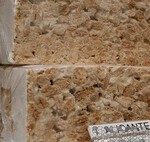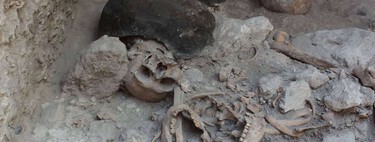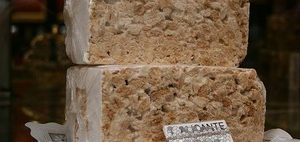The looting of relics and cultural property is a problem. A famous example, which is practically a meme, is that of the British Museum. England looted the relics from half the world and, although it could “print” copies, it refuses because they claim that they would take better care of them than their countries of origin (and because they are a juicy tourist attraction, of course). On the other hand, we have the pieces that move in smuggling, and here Mexico has to add a new victory to its extensive list of heritage recovered in recent decades.
In one exposure called “Back home. Confiscated archaeological heritage”, the National Institute of Anthropology and History seeks to raise awareness about the dangers of moving these pieces and about their incredible value for their native peoples.
Traveling relics. Mexico is a mine for archaeologists and researchers. In recent months (partly thanks to coincidences, but also to the latest technologies), we have been finding a multitude of archaeological remains. These range from hidden pyramids to bones with a millennium behind them. However, there are times when these relics or vestiges of the past are not found on the land, but in the hands of smugglers.
Since the 1960s, around 2,100 pieces have been recovered in Mexico. They were seized in different operations carried out by both the judicial authorities of Mexico and the United States Customs and Border Protection Office and, currently, many of these objects are in the custody of the INAH Sonora Center.
back home. It is in this center that the INAH is exhibiting 96 archaeological pieces that include objects of all kinds, as well as some human remains. And the truth is that the loot that smugglers have been seizing in these more than 60 years is the most varied and important for the cultural heritage of various regions of the country.
An example is that the 96 pieces exhibited in the INAH museum in Sonora represent the cultural richness of areas such as Sonora itself, but also Sinaloa, Chihuahua, Jalisco, Colima, Nayarit, Veracruz, Oaxaca, Tabasco, Campeche, Yucatán or La Cuenca from Mexico. It is an exhibition that can be viewed freely and which highlights the diversity of the civilizations that inhabited pre-Hispanic Mexico.


It has cost. The smugglers’ intention was to sell the pieces, a “loot” that had been obtained through activities such as looting or buying and selling on the black market. Recently, in addition, a hundred pieces were seized that were illegally crossing the border with the United States with the aim of entering the North American country and, once inside, integrating into the black market.
The researchers highlight that these pieces were not properly preserved, which could damage them very easily and that the hundreds of vestiges have been an example of cooperation between organizations and authorities.


Raise awareness about heritage. Now, beyond representing the wealth of past civilizations, in the exhibition the INAH wants to raise awareness about the effort and international cooperation necessary to achieve the repatriation of these cultural assets. It is also intended to raise public awareness about the investigative actions and legal efforts carried out to protect Mexican heritage.
Martha Oliva Solís is the director of the Regional Museum of Sonora and explained that this exhibition “highlights the commitment of the INAH to compliance with the Federal Law on Monuments and Archaeological, Artistic and Historical Zones in matters of protection and national registration of collections, recognizing the complex social history of these irreplaceable cultural assets”.
If you are in the Sonora area and you want to take a look at the exhibition, you can do so from Wednesday to Sunday from 10 a.m. to 5 p.m., but in the end the important thing about all this is to know that not only are important efforts being made to unearth goods cultural, but also to recover those that are in the wrong hands to be able to study the history of the people and enjoy the pieces in museums.
Images | INAH
In Xataka | The Mayans built a lost city with 15 meter pyramids. And we have found it thanks to LiDAR


![[Img #74664]](https://thelatestnews.world/wp-content/uploads/2024/12/James-Watson-The-controversial-genius-behind-the-double-helix-150x150.jpg)








![[Img #74664]](https://thelatestnews.world/wp-content/uploads/2024/12/James-Watson-The-controversial-genius-behind-the-double-helix-300x200.jpg)


Add Comment